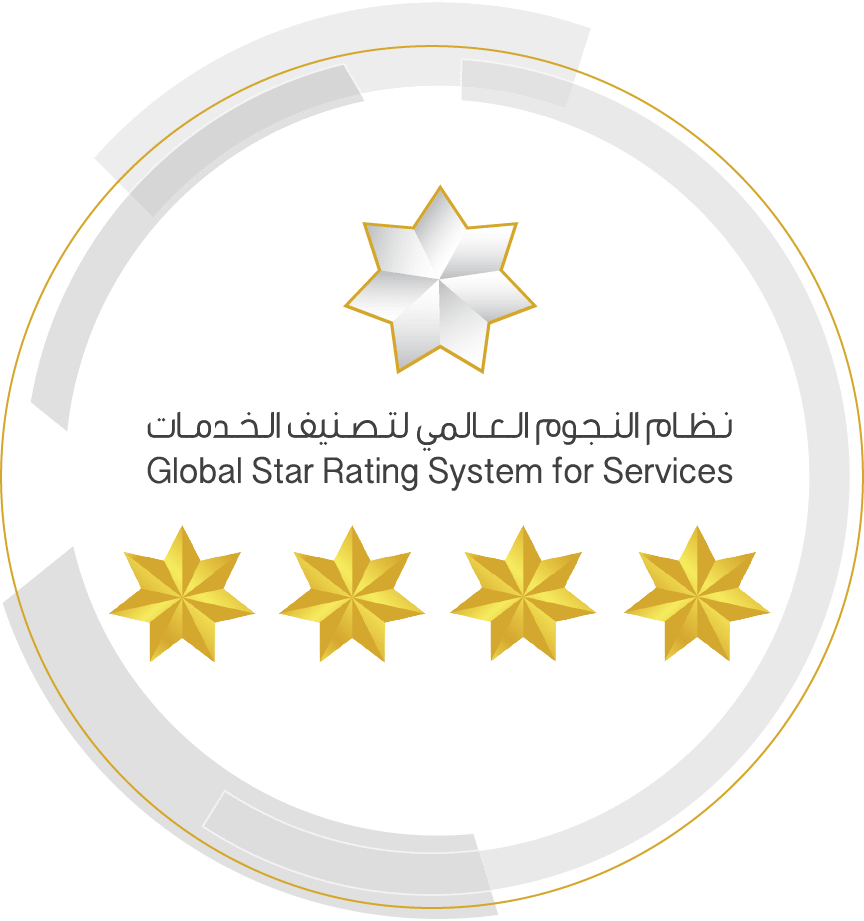Notifications

General Description
Located adjacent to Sheikh Khalifa Grand Mosque in Al Ain city and forming one of the city's well-known landmarks; the site occupies an entire block of 110,000 sqm. Designed by the renowned Egyptian architects Dr. Galal Moumin and Farouq El Gohari, completed in 1976 and inaugurated one year later by the rulers of the seven emirates.
The campus comprises of an administration building, a mosque, student dormitories, a medical clinic building, a vast courtyard, educational facilities; Sharia & Law building, Information Technology Center, and other shared facilities such as a swimming pool and playgrounds. It is constructed using advanced technologies with reinforced concrete, Precast, and GRC with different geometries and patterns. The site housed UAEU from 1977 until 2013 after shifting to a new campus in 'Asharij, Al Ain. The old campus is still managed by UAEU and performs its original role as an Islamic Institute.
Criteria
Statement of Significance
In fulfillment of the vision to emphasize the Islamic identity of Emirati society and generate a well-educated community, the ruler of Al Ain at that time, the late Sheikh Zayed ordered to establishing of a local Islamic institute inspired by Al Azhar in Egypt, Zaytoona in Tunisia, and the Islamic institute in Jerusalem. Thus in 1967, the Islamic institute started in a small educational institution in Al Jahili that offered teaching, researching, and disseminating on all fields related to Islam. The relocated purpose-built campus in Al Mu’tarid was inaugurated in 1976 by the rulers of the UAE in a symbolic and historic event, acting as a vital and effective organ in the structure of the union, and contributed significantly to the development of the modern country and utilizing the nations resources – the people, heritage, values, and economic resources of the United Arab Emirates.
A treasure of Al Ain’s architectural heritage and a milestone in the Emirate's social and cultural advancements as the first and the largest academic institution in the country. One year later, the campus site was to be the main venue of the United Arab Emirates University (UAEU) until it relocated to the current campus in 2013. The product is a significant landmark of contemporary Islamic architecture in the country, by two renowned architects known for their daring modern designs in the region; Dr.Galal Mo’men as the Chief Campus Designer and Dr. Farouk El Gohary the designer of the administrative building.
The vision, mission, and academic programming of the Islamic Institute were successfully translated into its design. The meticulous integration of various Islamic architectural philosophies with clear modern interpretations inspired in many aspects by functionalism, brutalism, and expressionism defines this campus as a regional iconic masterpiece.
The campus embodies a distinctive collage of different pan-Islamic styles with a modernist influence. The general layout evoked the experience of the Umayyad palaces in Cordoba seen in the colonnaded courtyards and the shaded loggias. The vast pendentive dome of the campus mosque is inspired by the Ottoman dome of Hagia Sophia sitting on an octagonal base end with a rectangular podium aligned with the orthogonal grid of the site, it exudes grandeur which emphasizes the mosque as the central piece of the campus. While the stand-alone minarets utilize the sculptural qualities of reinforced concrete inspiring the Indio-Islamic minarets of Qutub Minar in India.
The clever design was driven by qualitative passive climate principles, many environmental considerations embodied clearly via multiple landscaped courtyards to enhance cross-ventilation, the patterned Culestra, and the reinterpreted Mashrabiya to transition between internal and external areas besides its aesthetic character; the interaction between shaded arcades and the horizontal brise-soleil lintels to enhance the thermal comfort for the users.
The designers celebrated the sculptural qualities and structural capabilities of concrete creating different geometrical shapes that performed functionally and aesthetically such as free planes, cantilevered balconies and exposed staircases. The Islamic Institute campus is of outstanding cultural significance due to its historical and social values besides being a unique architectural masterpiece that blends modernity with regionalism. It has retained its integrity and authenticity over the years, fostering a core of a socio-cultural hub in the city with Zayed Library, Sheikh Khalifa Grand Mosque, and the archaeological remains of the oldest mosque in the UAE dating back to the 7th Century.


